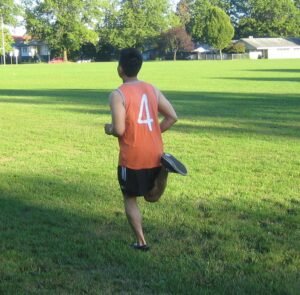If an individual coughs and sneezes or the eyes and nose start to itch and become runny during certain times of the year, he/she might have seasonal allergy. Mold, grass and pollen are the common triggers of seasonal allergy.
The spring allergies typically start in February and last up to early summer. The mild winter temperature can cause plants to pollinate early. If it is rainy during spring, it can also promote rapid plant growth which leads to an increase in mold, thus resulting to symptoms that can last up to fall.
Even though the timing and severity of the allergy season varies, there are climate factors that can influence the severity of the symptoms.

- Grass, tree and ragweed pollen thrives during cool nights and warm days
- The level of pollen tends to peak in the morning hours
- Mold rapidly grow in heat and high humidity
- Days without wind will not stir up the airborne allergens
- Rain washes the pollen away but the level still increases after rainfall
- During windy and warm days, the level of pollen will increase
- Moving to an area with another climate to avoid allergies is not successful since allergens are found everywhere
What are the common triggers of fall allergy?
The common culprit for fall allergy is ragweed which is a plant that thrives almost everywhere. Take note that ragweed blooms and releases pollen from August to November.
Other triggers of fall allergies
- Pigweed
- Burning bush
- Cocklebur
- Sagebrush
- Lamb’s quarters
Management of seasonal allergy
The individual should know his/her triggers. Many individuals suffering from spring allergies experience symptoms all year-round. It is recommended to consult an allergist to determine the exact allergen and prevent a reaction.
Strategies to avoid the common triggers
- Keep track of the level of pollen and mold. The weather reports in newspapers, TV and radio often include this information during the allergy season.
- It is advised to stay indoors during midday and during the afternoon when the level of pollen is at its highest.
- Always keep the doors and windows closed at home and vehicle during the allergy season.
- Always take a shower, change clothes and wash your hair after playing or working outdoors.
- Use a N95 mask when trimming the lawn or engaging in other activities outdoors and use the suitable medication ahead of time.
The doctor might also recommend one or more medications to control the symptoms. Some of the commonly used drugs are readily available without requiring a prescription while some nasal drops require a prescription.
If the individual has a history of previous seasonal allergy issues, the doctor will prescribe medications to relieve the symptoms two weeks before they are expected to start.
A highly effective measure to manage seasonal allergy associated with pollen is immunotherapy. The administration of these injections will expose the individual to the allergen over time so that the body will learn to tolerate it instead of reacting with the common symptoms such as watery eyes, sneezing and stuffy nose.
